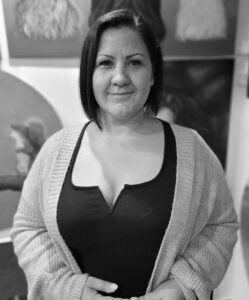 You describe your years before 2017 as “experiments.” Can you elaborate on what these experiments involved and how they shaped your approach to art?
You describe your years before 2017 as “experiments.” Can you elaborate on what these experiments involved and how they shaped your approach to art?
Several years ago, I painted a picture for my young niece on a piece of paper. An art teacher saw it and suggested I start working with more serious materials. Following his advice, I bought acrylic paints and began painting on canvas. Having zero knowledge, I first searched for videos on the Internet, such as “how to paint a tree,” and tried to follow them. When I felt this was not enough, I sought out various drawing and painting courses to improve my skills. Though I learned a little more each time, I was still far from being able to paint my ideas.
My curiosity grew, and oil paints began to capture my imagination. Unable to paint my ideas as I envisioned, I decided to look for a master willing to teach me. I explored the works of Hungarian painters I admired and discovered that Kalman Gasztonyi was accepting students. In 2017, he became my mentor and began teaching me the secrets of oil painting.
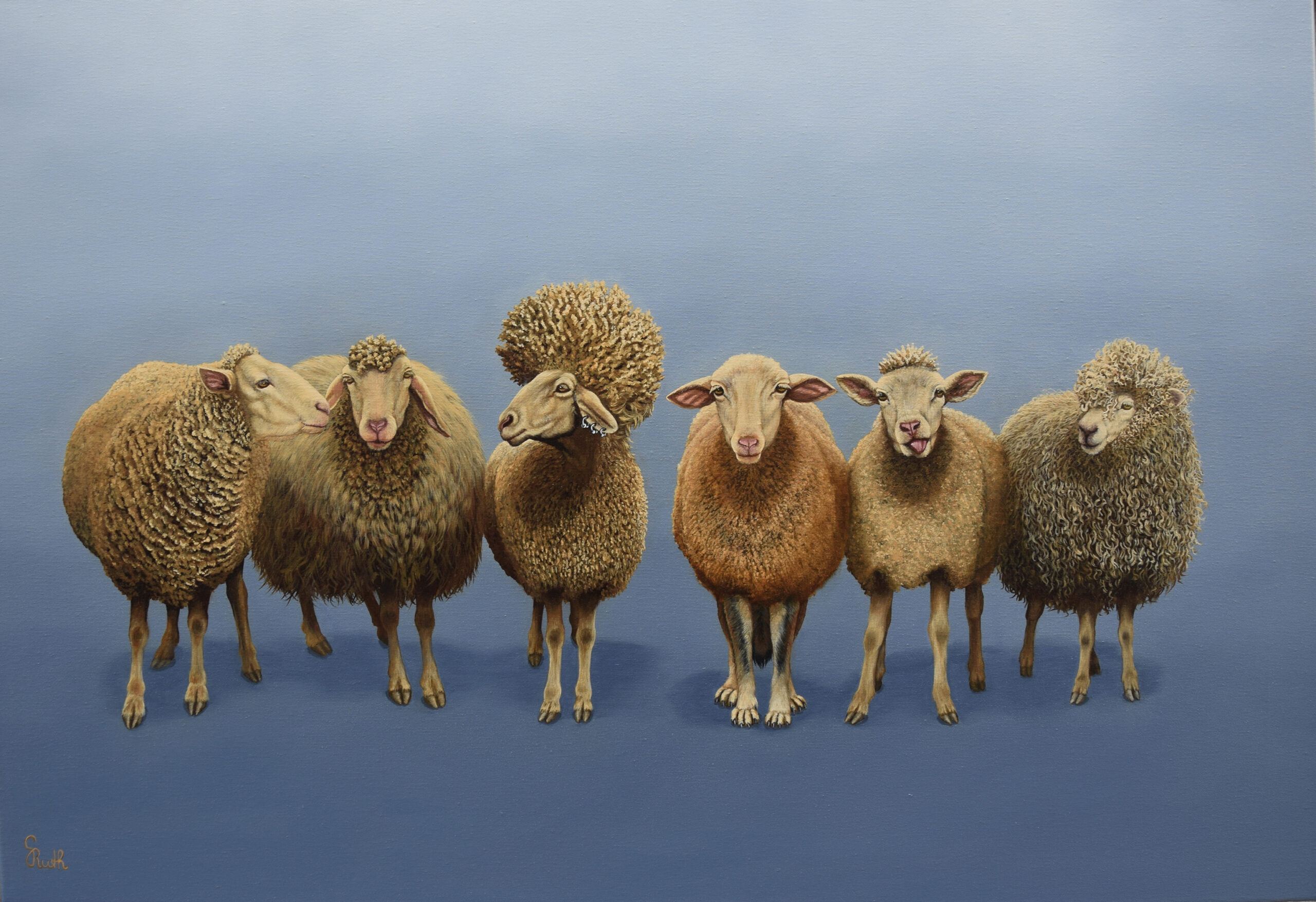
How did your mentorship under Kalman Gasztonyi influence your development as an artist?
Even before I met my Kalman Gasztonyi, I had many ideas for paintings but lacked the skills to execute them. Gasztonyi taught me oil painting from the very basics. Everything I know and use today, I owe to him, and for that, I am profoundly grateful. His guidance has enabled me to bring my artistic ideas to life.
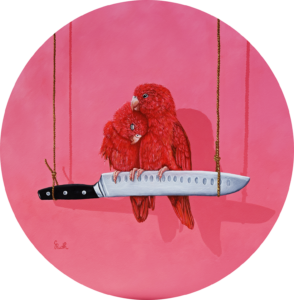 Your biography mentions a diverse range of influences, from Piet Mondrian to Salvador Dali. How do you integrate elements from such varied styles into your work?
Your biography mentions a diverse range of influences, from Piet Mondrian to Salvador Dali. How do you integrate elements from such varied styles into your work?
The reason I chose Kalman Gasztonyi as my mentor was, firstly, the quality of his works, and secondly, his brilliant use of painting styles from different eras. He wanted me to master as many styles as possible allowing me to decide which to use and find my own way and style among them.
I copied many old master pictures as style practice. I had a period when I painted several pictures inspired by Mondrian. During these years, I was searching for my way between styles, which is why I created several eclectic pictures. From 2021 I don’t mix the styles anymore, I found my path in symbolist, sometimes even surrealist-themed pictures, which I paint in a realistic style. It was some of Dali’s pictures that led me in this direction. I feel that I can express myself with these paintings.
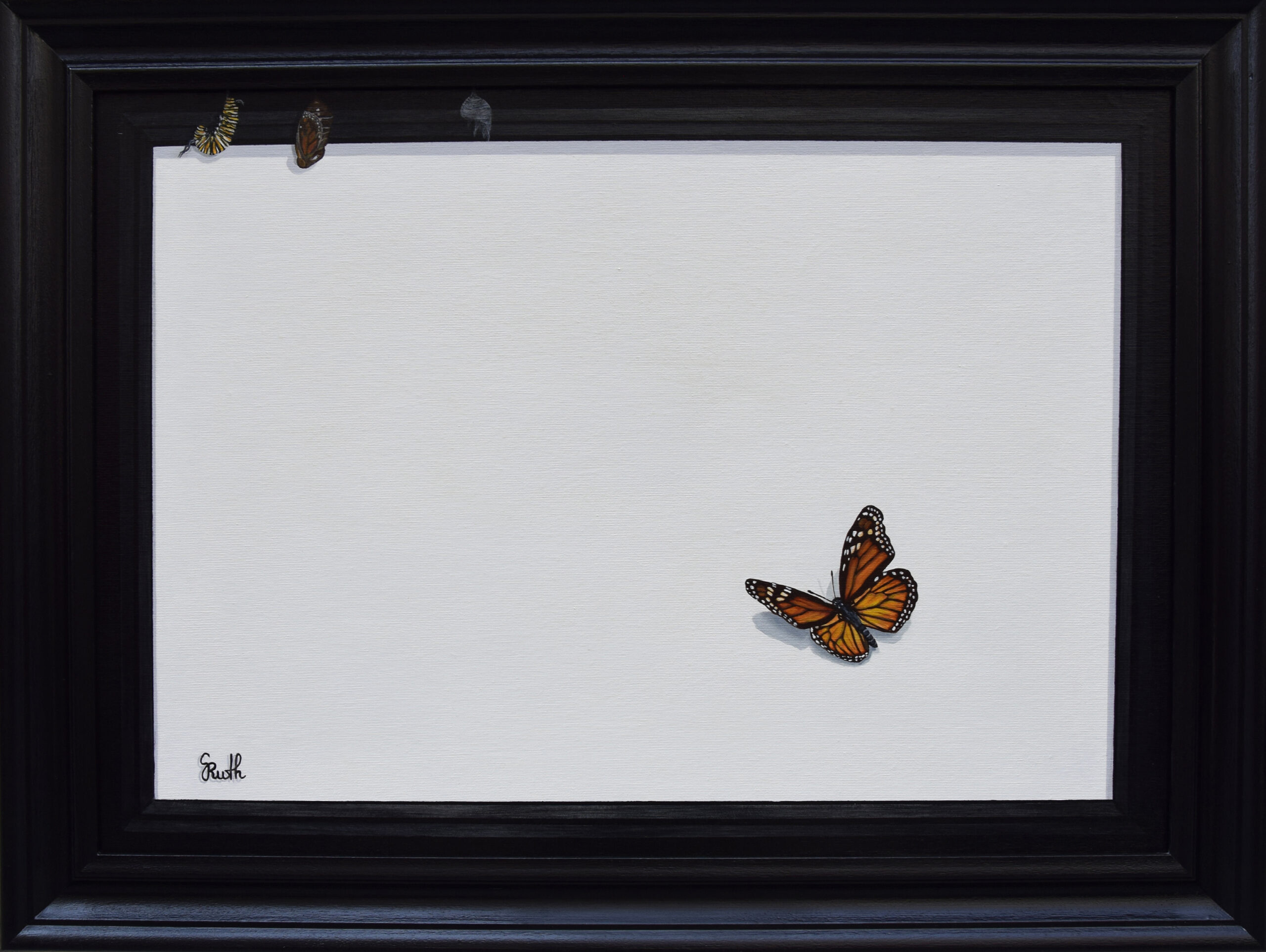
You work primarily in oil painting. What do you find most compelling about this medium?
I can achieve anything with oil. It has no boundaries like acrylic. The most attractive thing is that the colours can be blended easily, as it does not dry quickly. I like to draw colours into the wet paint, producing wonderful results.
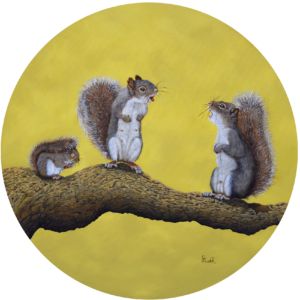 How do you balance realism with the surreal and symbolic elements in your paintings?
How do you balance realism with the surreal and symbolic elements in your paintings?
I would like to offer a profound explanation for this, but if I am being honest, it simply works instinctively for me.
The themes in your work often revolve around human experiences such as grief, hope, love, and humor. How do you choose the symbols that best represent these emotions?
I can be inspired by practically anything. During my travels, I take a lot of photos whenever I see something interesting that conveys a feeling or a concept, and from these, a painting is born. I usually add extra elements to the photos that emphasize a story.
Another source of inspiration is my personal experiences. For example, when I experience a loss, I look for ideas, photos, poems, or quotes that express what I feel at the time.
I often think of previously taken pictures that I feel express the current topic, or if I have a specific idea, I go and take photos related to that topic to use for parts of the painting.
In many cases, I choose animals to convey my themes because I find that using a “cute” animal can soften the edge of difficult topics.
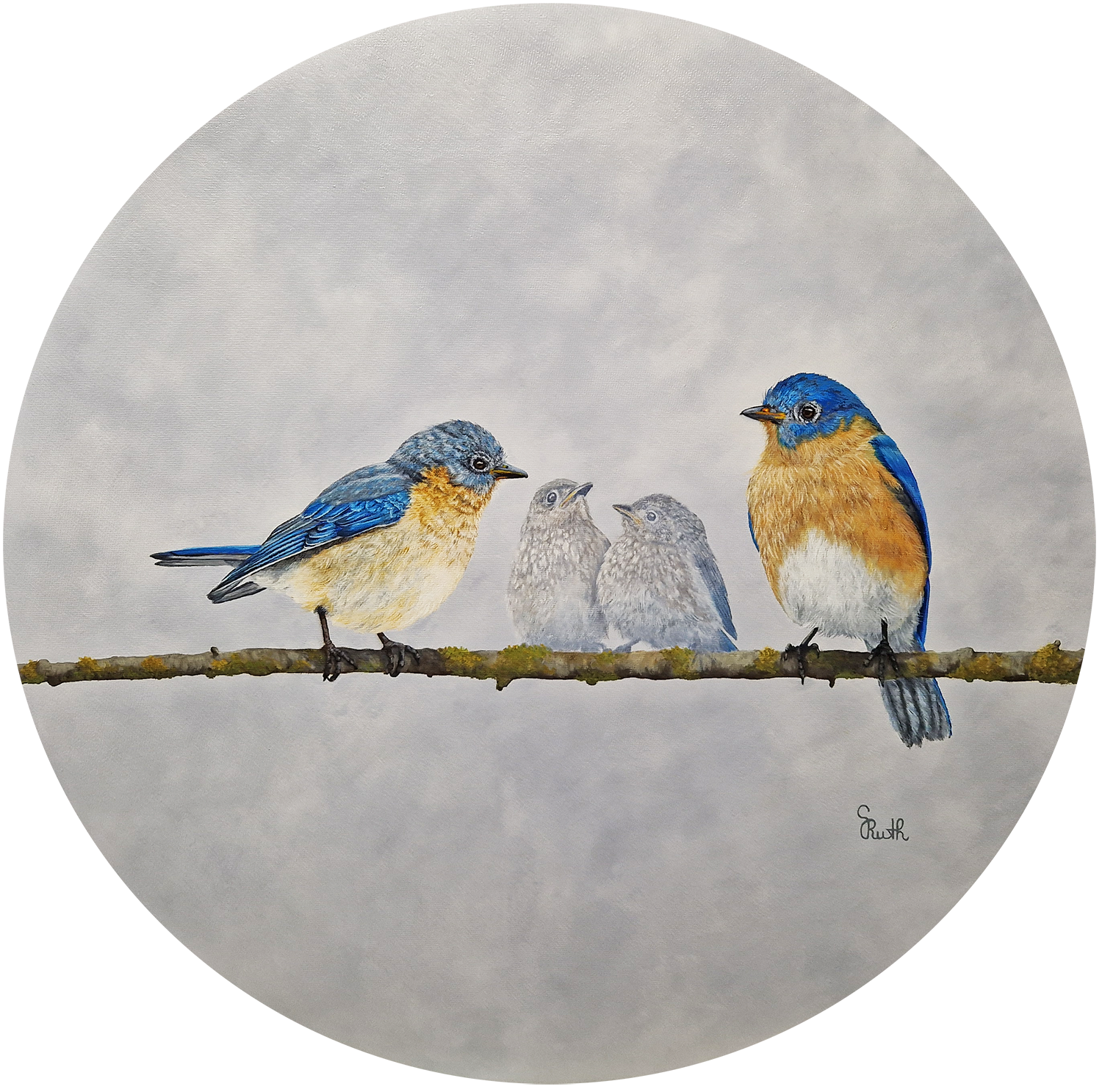
What has been the most memorable feedback or reaction you’ve received from viewers of your work?
The opening of my solo exhibition in 2021 was one of the most memorable events from this point of view. Looking around the gallery, I saw teary eyes and heard laughter. One attendee summed it up perfectly: “The material of the exhibition is fantastic. I cried before one of your pictures, I laughed before another. Then I cried again and laughed again.” It was the most memorable because I achieved my goal for painting these pictures: to evoke a range of emotions in my audience.
Website | Instagram
 You describe your years before 2017 as “experiments.” Can you elaborate on what these experiments involved and how they shaped your approach to art?
You describe your years before 2017 as “experiments.” Can you elaborate on what these experiments involved and how they shaped your approach to art?
 Your biography mentions a diverse range of influences, from Piet Mondrian to Salvador Dali. How do you integrate elements from such varied styles into your work?
Your biography mentions a diverse range of influences, from Piet Mondrian to Salvador Dali. How do you integrate elements from such varied styles into your work?
 How do you balance realism with the surreal and symbolic elements in your paintings?
How do you balance realism with the surreal and symbolic elements in your paintings?

Leave a Reply
You must be logged in to post a comment.